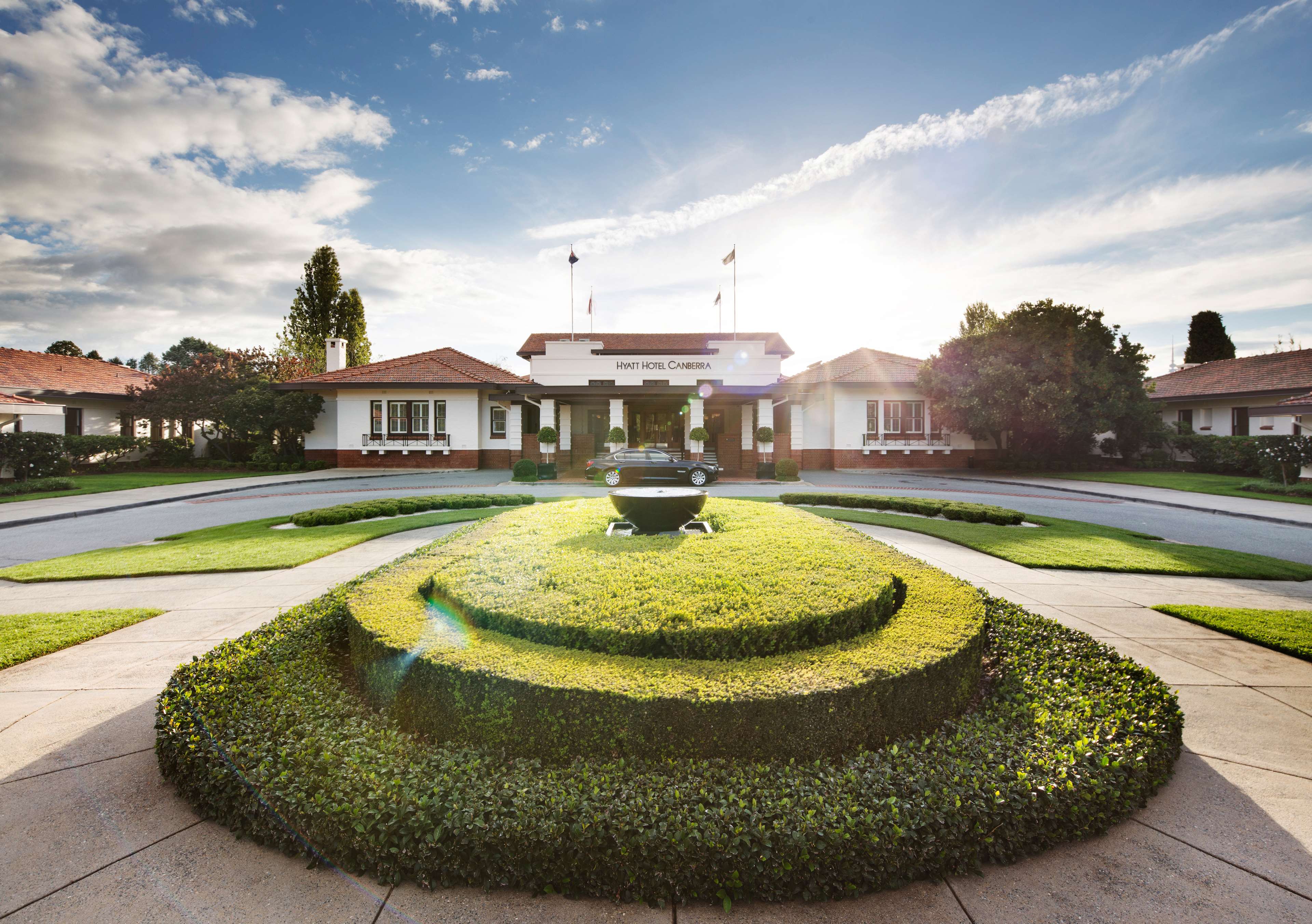Canberra
Canberra, the capital city of Australia, is a vibrant and modern metropolis nestled amidst the country's picturesque landscape. Known for its striking architecture, lush green spaces, and rich cultural offerings, Canberra offers visitors a unique blend of urban sophistication and natural beauty. Explore the city's impressive array of national monuments and landmarks, including the iconic Australian War Memorial, Parliament House, and National Gallery of Australia. Discover the fascinating stories of Australia's history and culture through engaging exhibits and immersive experiences. Beyond its cultural attractions, Canberra boasts an abundance of outdoor recreational opportunities. Take a leisurely stroll around Lake Burley Griffin, cycle along scenic bike paths, or enjoy a hike through the nearby mountains and nature reserves.











